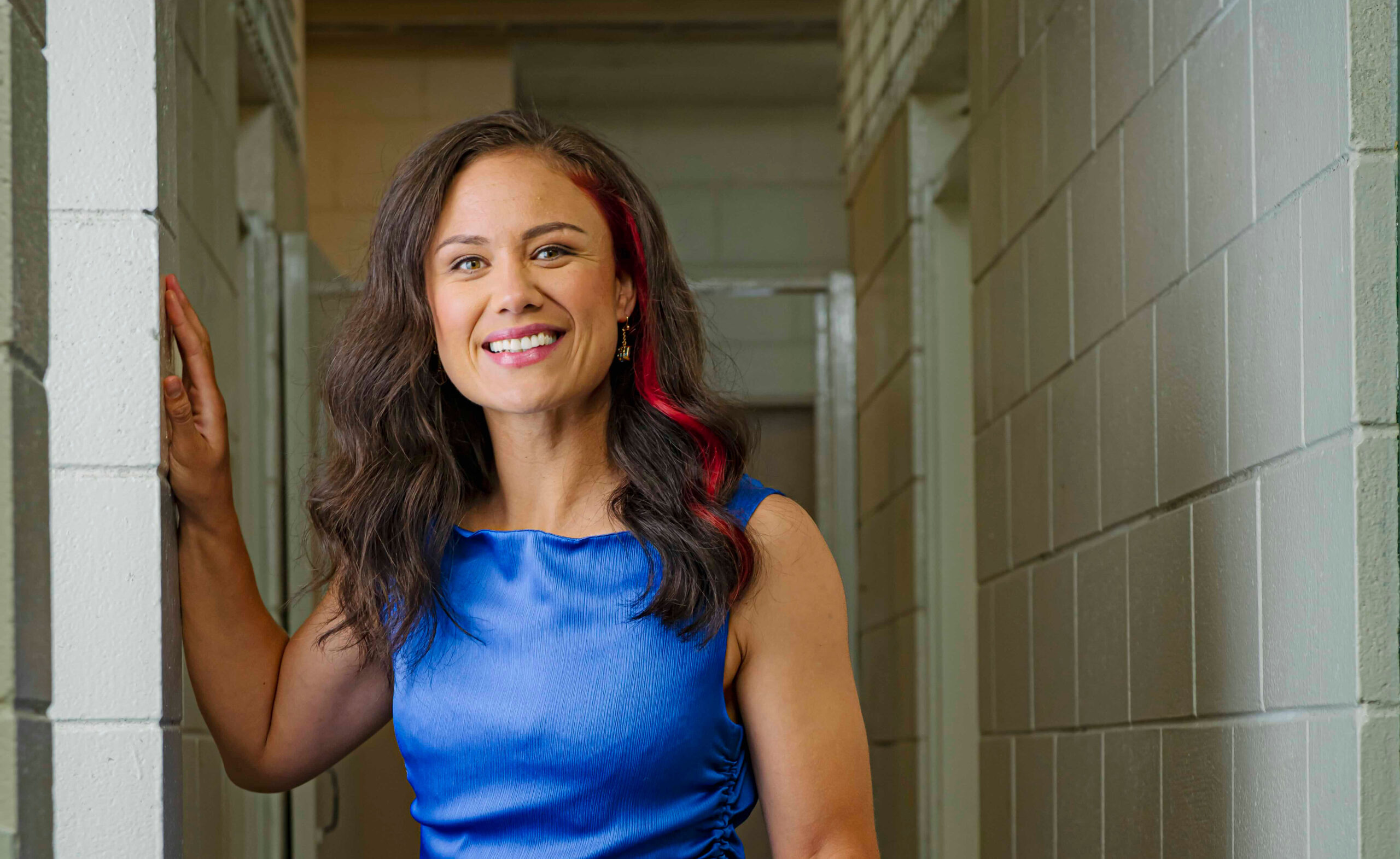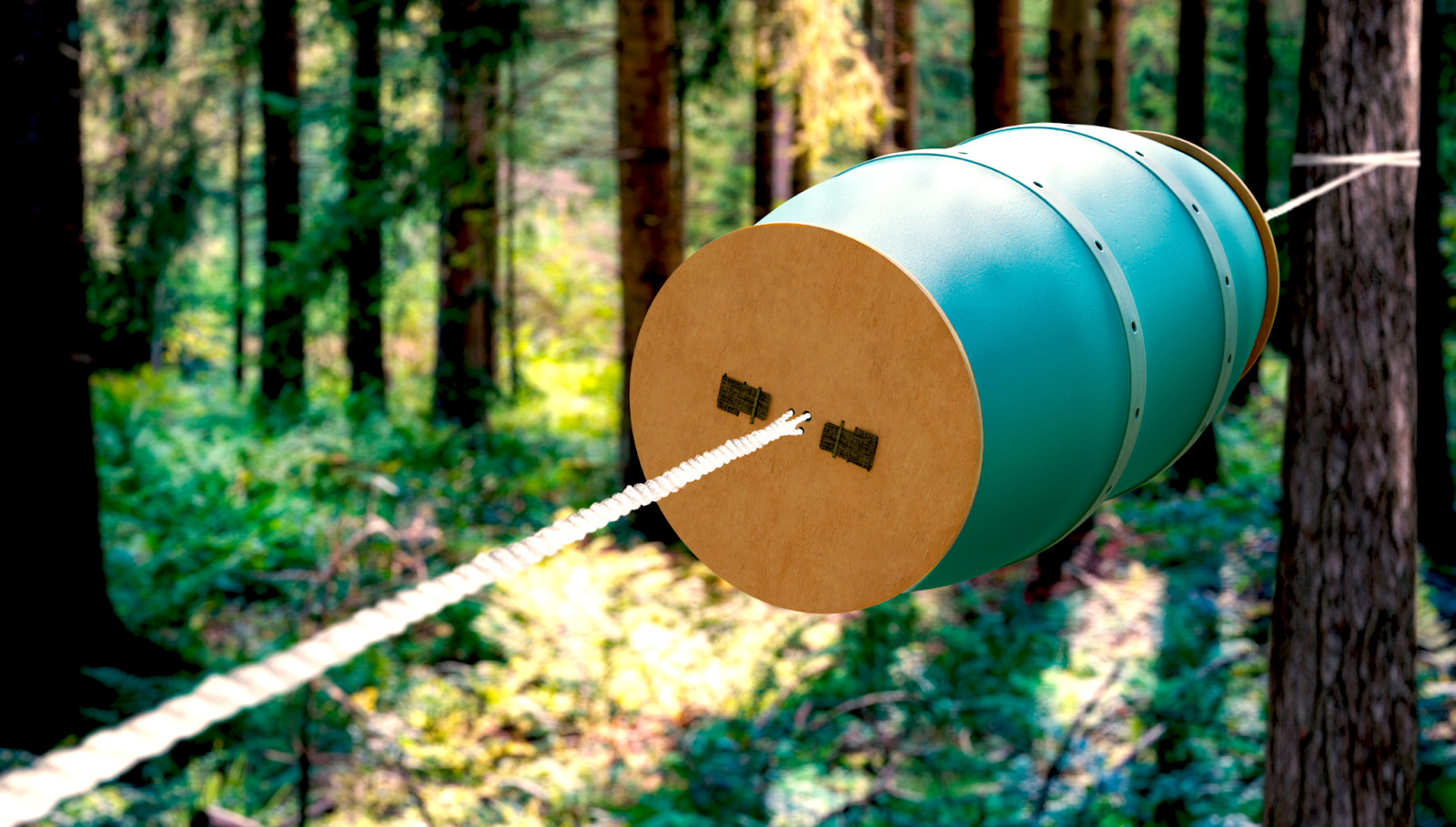How can I offset my own flight? Plus: DIY double-glazing
How can I offset my own flight? Plus: Is there a way to ‘double-glaze’ your windows with plastic wrap and a hairdyer?
ABOVE PHOTO: http://www.flickr.com/photos/vox_efx/ / CC BY 2.0
Your fantastic article about carbon off-setting prompted me to take the environmental commitments of our whanau to the next level. The five of us—two adults and our tamariki aged six years, three years and five months—are heading to Melbourne for a 10-day holiday. I realise the environmental cost of this is substantial: 4,700 kilograms of emissions according to the carboNZero website! We don’t want to just buy some carbon  credits to offset this holiday—we want to make some tangible sacrifices.
credits to offset this holiday—we want to make some tangible sacrifices.
A bit about us: we don’t eat heaps of dairy products; we probably eat five meat dinners a week—mainly home-kill beef or pork. We grow our own veggies and have chooks for eggs. Our power comes from Meridian and our winter bills average around $180. We use a woodburner for heating, boiling water for the dishes or cups of tea.
We want to ‘earn the right’ to make our big trip. But how many fewer car trips to offset 2,000 kilograms of carbon? Should we abstain from beef or dairy products to further reduce our emissions? Is there an online tool to help me develop an offset plan?
Getting a comprehensive picture of your greenhouse gas emissions can be fiddly. Adding to your challenge is the fact that you’re already doing an impressive job of keeping everyday emissions down.
I suggest you use several of the many personal carbon calculators available online. Together, these various calculators will give an overall indication of your emissions. There’s no single ideal New Zealand calculator. The CarbonZero calculator covers home energy use, waste and transport, but not things like your meat and dairy consumption, how much imported food you buy, or your choice of clothing. Some overseas online calculators are more comprehensive, but you’re best to stick to local sites. American calculators, for instance, often assume you’re using coal or nuclear power.
A sure way to cut emissions is by driving less. The best vehicle emissions calculator can be found at www.rightcar.govt.nz/ratings/co2emissions. Your longer letter said you don’t use your car every day, but make a trip several times a week to your daughter’s Kura Kaupapa Maori school and your husband’s marae—both of which are out of town. Add your monthly weekend trips and we’d estimate your total travel at around 14,000 kilometres—putting you in the ‘typical driver’ bracket. According to RightCar, the total emissions for your car (a 2-litre petrol-powered 1992 Nissan Serena) is 2.86 tonnes of CO2 emissions over 14,000 kilometres, or 204 grams per kilometre.
I reduced my driving and rode my bike instead; I lost kilos and felt great. But biking is less easy to achieve with several young children in tow. Try walking instead of driving short trips. Car-less days or car-pooling to the school and marae may be other ways to shed some kilometres. A family of five needs a reasonably sized car. If downsizing’s not practical, make sure your big car is well tuned for maximum efficiency. For more tips see good.net.nz/2/drive. If you can afford it, go for one of the new-generation high-efficiency diesels when it’s time to replace your car.
Meat presents another opportunity to make big savings. Meat production accounts for 18 percent of all greenhouse gas emissions globally, according to the IPCC. Remember, though, that New Zealand’s ‘outdoors’, grass-fed production emits nothing like the industrial-scale, feed lot production of countries like the US. We need to think hard about whether we want to penalise New Zealand farmers for actually being more climate friendly. Also in your favour, eating locally raised meat as you are means there are no high-carbon food miles to be factored in.
You could always eat less meat for your health. A UK study in June by WWF concluded that people are eating 70 percent more red meat than is good or necessary for them and 40 percent too much dairy, so you might want to consider these recommendations. Take care before significantly cutting meat or dairy from young children’s diets; dairy products are a good source of essential nutrients such as calcium and meat is an easy source of protein. Replace them with an equally nutritious alternative.
In other areas, it’s a case of following a few standard practices. Eat seasonal produce, don’t buy imported food, buy second-hand, make sure your house is well-insulated. If your woodburner is old, consider upgrading to a more efficient model, and only use dry wood; wet wood doesn’t burn as cleanly.
Install energy-efficient lightbulbs. Concerns about mercury are nonsense; you consumed more mercury the last time you ate fish and chips. Don’t buy a plasma or LCD television—they use four times as much power as an old CRT set. Turn it off at the wall; do the same for all other appliances. Don’t set your computer to sleep; shut it down fully at night. If you monitor your electricity use, you’ll be able to calculate the greenhouse gas emissions you’re saving. A Centameter (www.centameter.co.nz) can help with this.
Beyond these tips, it’s perhaps less important to account for every single gram than to do all you can to reduce your impact based on the information available. If you’re generally doing as much as you can, most of the time, it’s reasonable to allow occasional treats such as your family trip. A carbon diet has to be sustainable in more ways than one: most importantly, you’ve got to be able to stick to it. Make life a misery, and you’ve set yourself up to fail.
It helps to read about how others have tackled the challenge. An excellent feature ran in National Geographic, in which three families put themselves on a month’s carbon diet (see good.net.nz/2/nationalgeog).
My approach has been to prioritise—what things can I give up easily? For me, it was those discretionary domestic flights, such as 50th birthday parties and christenings and even some weddings. I stopped making those flights, saving my air kilometres for the trips that really mattered, or for the inevitable emergencies.
Cutting emissions is about doing a few big things and lots of small things. As our ‘Carbon 101’ feature showed, it all adds up, especially if everyone does it.

Is there a way to ‘double-glaze’ your windows with plastic wrap and a hairdryer?
Yes, you can! Using a DIY double-glazing kit, you can attach a clear plastic film to the inside of a clean, dry window frame using double-sided tape, and shrink-to-fit with a hair-dryer or fan heater. Like conventional double-glazing, they work by creating a sealed air cavity between the plastic and the glass.
Plastic double-glazing kits are ideal for non-opening windows. They work best when the window frame is at least 10-20 millimetres thick and the frame doesn’t have paint that’s flaking off. The smaller the window the easier the installation.
Kits cost from around $10 to $35, depending on the brand and the size of the window frame. Ask at your local hardware store, order them from Megawatt Resources, Freepost 110268, PO Box 38 028, Wellington Mail Centre, or though the Community Energy Action’s online store, www.cea.co.nz/retail-shop.
Do you or your flatmates have a community service card? It might be worth pointing the owner of your flat in the direction of www.energywise.govt.nz. Since July 1, homeowners have been able to apply for insulation grants. Landlords of tenants with community service cards can get up to 60 percent towards insulation costs plus $500 for a clean-heating device.







